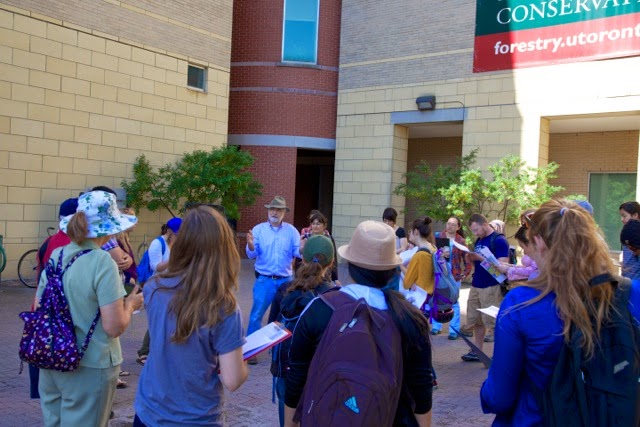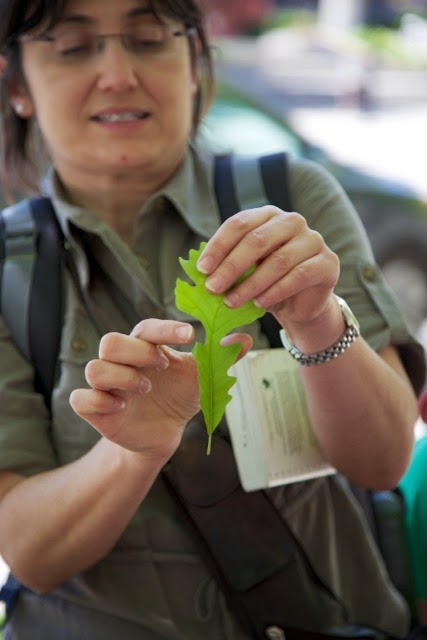So far our list of tree benefits
includes improved air quality, energy conservation and better water quality.
But if you’re a nature enthusiast like myself, you probably appreciate the
wildlife that trees bring into urban areas. Trees provide habitat for all sorts
of plants, animals, and even fungi. So when you plant a tree, you’re really
planting a mini ecosystem!
 |
| Image from howpeg.com |
When thinking of tree habitat, one of
the first things most people think of is birds’ nests. There is nothing more
inspiring than watching those cute little baby birds grow up and summon the
courage to spread their wings and leave their little homes to venture out into
the world. Trees provide habitat for countless species of birds. Birds can
build nests on their branches or within cavities in their trunks. Even birds
that choose to make their nests on manmade structures use twigs and leaves as
building materials. Migratory birds also use trees as resting spots on their
long journeys.
 |
| Squirrel's nest-from field-notebook.com |
Birds share their treetop homes with a
number of small mammals, such as squirrels and raccoons. Squirrels clump
together twigs and leaves to build nests on tree forks, or they hole up in
hollowed out branches that they claim for their dens. Trees not only provide
habitat for these critters, but they also supply them with food in the form of
fruit and nuts. In return, small mammals help to spread tree seeds around by
burying their food.
Though a little more difficult to see,
insects form yet another component of the urban ecosystem, and they rely
heavily on our urban trees for habitat and food. Though insect infestations can
be bad news for our trees, a certain amount of insects can survive on a given
tree without any real harm being done. When the proper balance is struck,
insects are a normal part of the community, and a vital part of the food chain.
Other urban plants also benefit from
the services provided by urban trees. As mentioned in our previous Trees
Tuesday blog, trees improve water infiltration into the soil, where other
vegetation can access it. Trees also provide shade for plants that don’t
survive well in full sunlight.
 |
| Courtesy of www.parklandtreecare.ca |
|
|
Dead and decaying trees are often hot
spots for fungi and bacteria. The fruiting bodies of fungi, which we call conks
(one of the things we look for in the Neighbourwoods Protocol), can often be
seen poking out of tree cavities or stumps. While dead trees can be hazardous
to us if in the wrong spot, it is sometimes a good idea to leave them be if
they don’t pose a safety threat, as they are a unique habitat of their own.
Fungi and bacteria naturally break down the dead trees, returning nutrients to
the soil. And while fungi is usually a sign of rot, lichens are a different
story. You will often see lichens growing on the bark of healthy trees, and
they don’t do any damage. In fact, lichens will not grow in very poor air
quality, so seeing lichens on our trees is a good sign!
 |
| Lichen image from www.blogsmonroe.com |
Of course, the healthier our urban trees are,
the healthier the entire ecosystem will be. It follows that a greater diversity
of species and ages will also lead to a greater diversity of wildlife in our
urban forest. That’s why it’s so important to ensure that we take care of our
trees. So next time you’re strolling through the city, look up and remember
that trees count for our wildlife!
Once again, thanks to http://www.forestry.utoronto.ca/neighbourwoods/web/ and http://urbanforestrynetwork.org/benefits/wildlife.htm for some background info use in this post.
--Mara


























